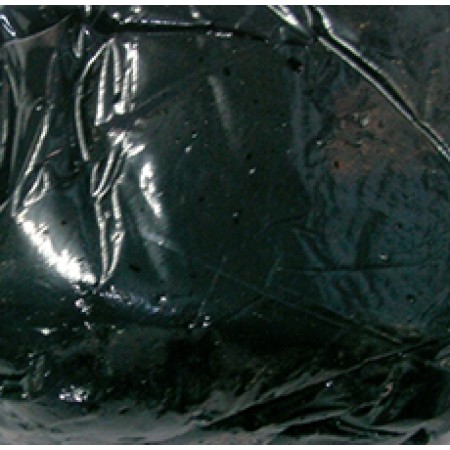SHILAJIT RAW PIECES
Product Name: SHILAJIT RAW PIECES
Botanic Name: Asphaltum
Black and highly viscous liquid or semi-solid that is present in most crude petroleums and in some natural deposits sometimes termed asphaltum.[1] It is most commonly modelled as a colloid, with asphaltenes as the dispersed phase and maltenes as the continuous phase (though there is some disagreement amongst chemists regarding its structure).[citation needed] One writer states that although a "considerable amount of work has been done on the composition of asphalt, it is exceedingly difficult to separate individual hydrocarbon in pure form",[2] and "it is almost impossible to separate and identify all the different molecules of asphalt, because the number of molecules with different chemical structure is extremely large". In the ancient Middle East, natural asphalt deposits were used for mortar between bricks and stones, to cement parts of carvings such as eyes into place, for ship caulking, and for waterproofing.[1] The Persian word for asphalt is mumiya, which is related to the English word mummy. Asphalt was also used by ancient Egyptians to embalm mummies. In the ancient Far East, natural asphalt was slowly boiled to get rid of the higher fractions, leaving a material of higher molecular weight which is thermoplastic and when layered on objects, became quite hard upon cooling. This was used to cover objects that needed waterproofing, such as scabbards and other items. Statuettes of household deities were also cast with this type of material in Japan, and probably also in China.[citation needed]
In the ancient Middle East, natural asphalt deposits were used for mortar between bricks and stones, to cement parts of carvings such as eyes into place, for ship caulking, and for waterproofing.[1] The Persian word for asphalt is mumiya, which is related to the English word mummy. Asphalt was also used by ancient Egyptians to embalm mummies. In the ancient Far East, natural asphalt was slowly boiled to get rid of the higher fractions, leaving a material of higher molecular weight which is thermoplastic and when layered on objects, became quite hard upon cooling. This was used to cover objects that needed waterproofing, such as scabbards and other items. Statuettes of household deities were also cast with this type of material in Japan, and probably also in China.[citation needed]
In North America, archaeological recovery has indicated that asphaltum was sometimes used to apply stone projectile points to a wooden shaft.
Poured bitumen has also been used as a damp-proof course in building.
Tags: SHILAJIT RAW PIECES














